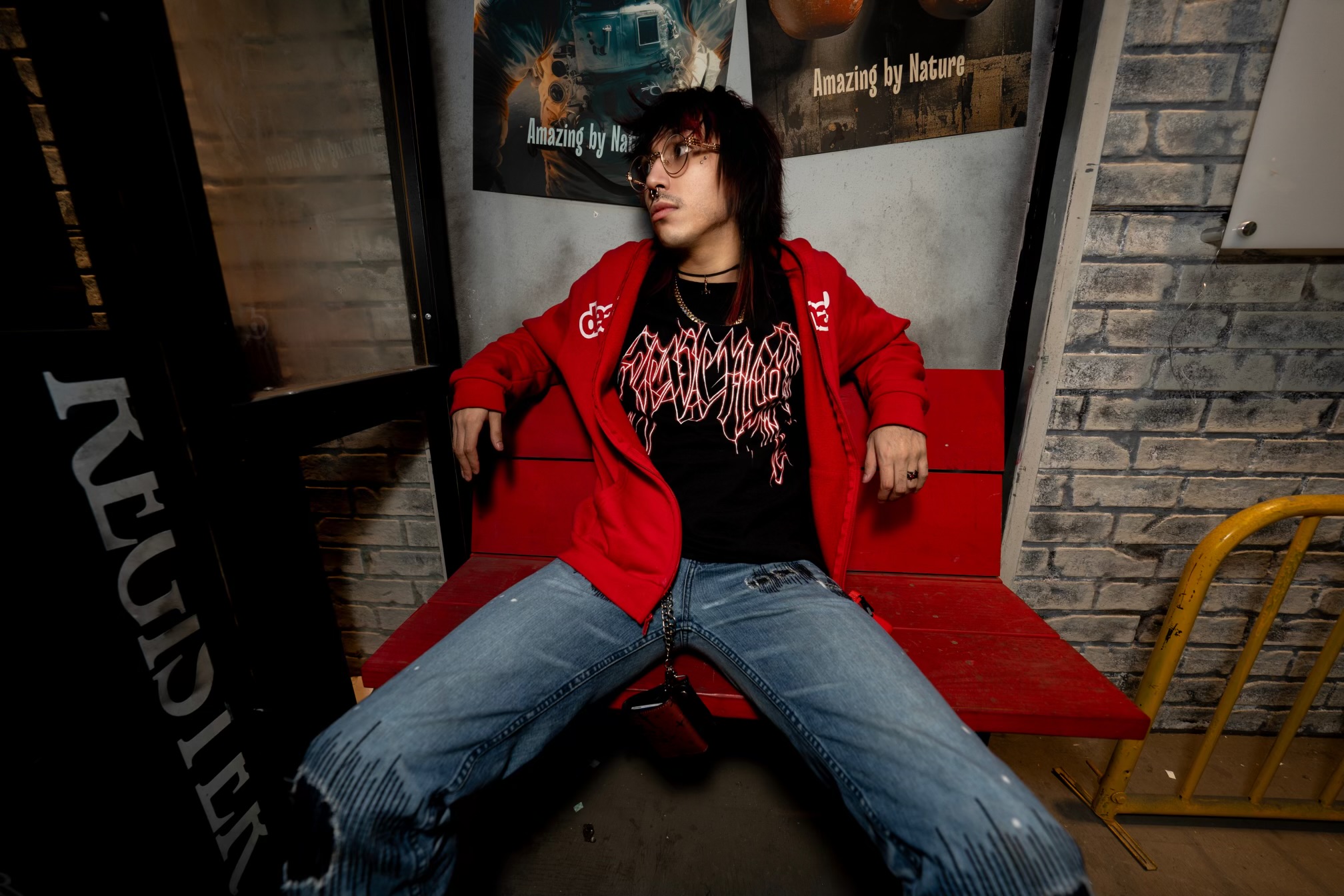1933's King Kong is one of the most influential films in the history of cinema, and the hype for the upcoming Godzilla vs. Kong shows that people still love the giant ape to this day. While it's well-known that Godzilla and Kong first locked horns in Toho's 1962 movie King Kong vs. Godzilla, lesser-remembered is the fact that this film is part of a lineage that includes three other films, copyright issues and one very obscure anime.
The making of 1962's King Kong vs. Godzilla was fraught with legal issues. Willis O'Brien, the animator of the first King Kong film, pitched a movie called King Kong Meets Frankenstein. He took this pitch to RKO, which licensed it out to Godzilla creators Toho. Toho rewrote the movie, switching Frankenstein with Godzilla. All of this was done without Kong's original creator Merian Cooper knowing. Cooper sued RKO, Universal and Toho over ownership of Kong, saying that he had only licensed Kong to RKO for two films, and thus, RKO couldn't license Kong to other studios. Alas, Cooper couldn't produce proof of ownership, and his lawsuit failed. However, these legal ownership issues would continue through the years, even playing a big role in the infamous Donkey Kong lawsuit when Universal tried to sue Nintendo.
In America, RKO gave Videocraft International (a company that would change its name to Rankin/Bass Animated Entertainment in 1968) permission to use the King Kong license to create and animate a cartoon series. Videocraft had been outsourcing its stop-motion animation to Japan for years and decided to do the same with this. It approached Toei Doga (a studio that would later become Toei Animation) and asked the studio to draw the series. Toei agreed, provided it could distribute the resulting show in Japan. Videocraft was okay with this, and work was started on The King Kong Show. Toei's work on this project means that The King Kong Show holds the title as the first show animated in Japan for an American audience.
This series had a few big names animating it, including Norio Fukumoto (who would work on Devilman) and the legendary Yasuji Mori (who was key to the design of The Little Prince and the Eight-Headed Dragon). The resulting show made its debut in America in 1966. Unlike the monster seen in the movies, the Kong from The King Kong show is a kind protector of humans. Kong meets the Bond family when they visit Kong's home of Mondo Island, and the family (specifically the son Bobby Bond) strike up a friendship with the ape. This group goes on adventures together, fighting evil villains, including the mad scientist, Dr. Who.
Each episode was made up of two short King Kong stories with a different cartoon in the middle -- a spy parody called Tom of T.H.U.M.B, which focused on the exploits of three-inch tall spies. In Japan, the first two episodes were put together and released as a special entitled King Of The World: The King Kong Show before the rest of the series was released. Overall, 25 episodes of the show were made and broadcast.
During the production of The King Kong Show, Rankin/Bass approached Toho. Rankin/Bass hoped that it could work with Toho to make a King Kong movie inspired by the cartoon. Toho came up with a script it dubbed Operation Robinson Crusoe: King Kong vs. Ebirah. However, when Rankin/Bass found out that the original Godzilla director, Ishiro Honda was not available, it pulled out. Toho didn't want to waste the script, so it hastily swapped Kong for Godzilla and renamed the film Ebirah, Horror of the Deep, before releasing it in 1966. Toho then wrote another script called King Kong Escapes. This script was much closer to the Rankin/Bass cartoon in plot and tone, and Ishiro Honda was talked into directing it. Rankin/Bass gave the concept the green light, and the film was released in Japan in 1967 and America in 1968.
In King Kong Escapes, the evil Dr. Who is trying to collect Element X. Element X is a highly radioactive element found only at the North Pole. So, he creates Mechani-Kong (another villain introduced in the cartoon) and sends it off to dig. However, Mechani-Kong keeps getting fried by the radiation, so Dr. Who plans to kidnap Kong and make him do the digging. As this is happening, a submarine arrives at Kong's home of Mondo Island. This sub contains Carl Nelson and Lt. Susan Watson, who befriends Kong after watching him fight Gorosaurus. When Kong is captured, Susan and Carl have to save their new ape buddy and defeat the evil Dr. Who.
The film got mixed reviews but did decently at the box office. Toho wanted to include Kong in its upcoming movie Destroy All Monsters at the time but the licensing deal with Rankin/Bass was going to expire, so this never came to be. But Gorosaurus, Kong's foe from King Kong Escapes, did appear. The Kong suit didn't go to waste, either. It was recycled and used in the tokusatsu series Go! Greenman as a villain called Gorilla.
The King Kong Show is very much a product of its time. While it seems dated and clichéd today, it holds a special place in both anime and King Kong history. The King Kong Show is worth watching if only to see how Rankin/Bass tried to make the King Kong concept work on television and to get a glimpse at Toei Animation's early work.
About The Author
